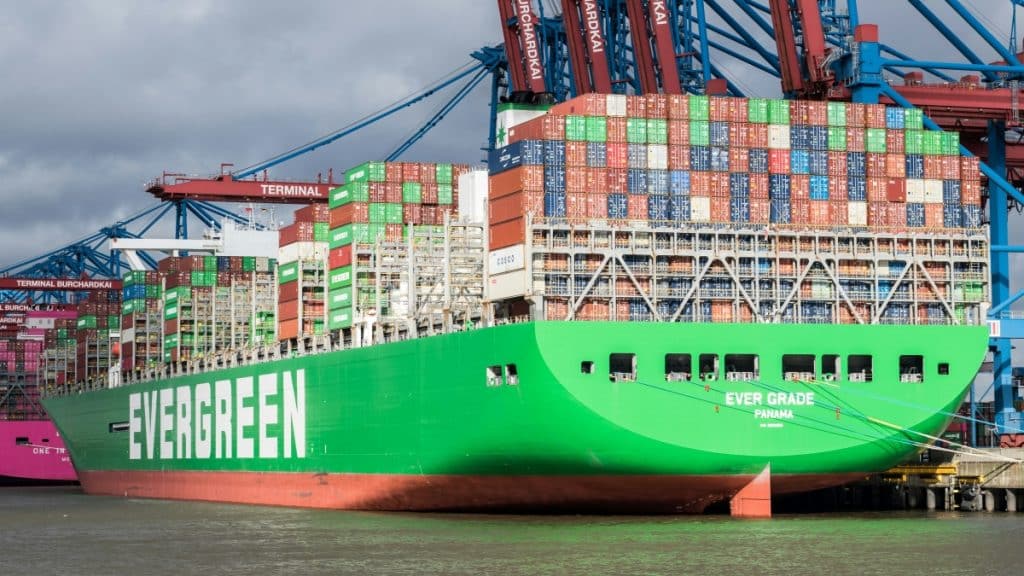Shipping containers— only a few inventions have impacted as many lives. Everyone connected to the global supply chain owes their livelihood to it. These metal units have enabled efficient, fast, and secure transportation of goods. Who is behind the creation of shipping containers, and how did it work before them?
How Were Shipping Containers Created?
In the past, cargo was transported by horse-drawn carriage, and later by trucks. In this way, it was delivered to the nearest railway station, where it was transferred onto a train that took it to the nearest port. There, the cargo had to be transferred again, this time onto a ship. Upon arriving at the destination port, the entire process was repeated in reverse order.
This method of transportation had several drawbacks:
- Transferring cargo of various sizes was time-consuming and physically demanding.
- Transportation capacities were not optimally utilized.
- Cargo was not adequately secured, increasing the risk of damage or theft.
The First Shipping Containers
The first smaller shipping containers with a metal-wood construction began to appear toward the end of the 18th century. However, the disadvantages persisted, as each shipping company had different shipping container dimensions. They could not be used for transportation by any vehicle unless they were modified.
Significant Progress
Significant progress in the development of shipping containers did not occur until the 20th century. In 1948, the American military developed an all-metal, standardized, stackable shipping container known as the Transporter. This container could be loaded directly from a ship onto a truck or vice versa. It proved highly effective during the Korean War (1950–1953), as it significantly accelerated the supply of troops and also improved the security of transported goods. During the Korean War, the Transporters were further refined, leading to the creation of the CONEX (CONtainer EXpress) containers.
The logistical successes of the U.S. military did not go unnoticed by other shipping companies, which began developing their own versions of containers.
How a Truck Driver from America Changed Freight Transportation
Malcolm McLean, a truck driver from North Carolina, came up with the idea of creating standardized metal containers that could be easily loaded onto ships. In 1955, he began collaborating with mechanical engineer and inventor Keith Tantlinger to develop the modern intermodal container. They succeeded in creating a shipping container made of 2.5 mm (0.098 in) thick corrugated steel, which featured rotating locks in all four top corners for easy securing and handling.
The first ship, loaded with 58 containers, sailed from Newark to Houston. Starting in 1966, these container ships began to regularly undertake international routes. McLean sold his empire for $160 million before the end of the 1960s. It is estimated that his invention significantly reduced the cost of international shipping by at least 25%.
The Present of Shipping Containers
Container shipping has become a crucial element of global trade, enabling fast and efficient connections between producers and consumers. Did you know that?
- 80 to 90% of global trade is conducted by sea, with 60% of that being handled by container ship fleets.
- In 2019, goods worth a total of $14 trillion were transported in containers.
- The largest container ship can carry nearly 24,000 shipping containers.
Today, shipping container sizes are no longer as varied as they once were. They typically differ only by type or manufacturer. Standard dimensions are as follows:
- 20 feet—internal length 5.900 m (19.4 ft), internal height 2.393 m (7.10 ft).
- 40 feet—internal length 12.036 m (39.5 ft), internal height 2.392 m (7.10 ft).
Shipping containers today are not only used for transporting goods but can also be utilized for constructing various types of structures, including:
- Houses
- Pools
- Garages, warehouses, or workshops
- Shops, restaurants, or showrooms
- Temporary bridges
- Offices and administrative buildings
- Dormitories, daycare centers, student dorms, or sports changing rooms
- Recreational and sanitary facilities in parks
- Auto repair shops and car wash facilities
- Guardhouses
- And much more.
Challenges in container shipping persist. One current challenge is the efficient arrangement of cargo. Nobody wants to waste money by transporting empty space. While in the past you would have tried to fit cargo into a container like a game of Tetris, today, specialized software can plan the placement of items in the cargo space for you.
